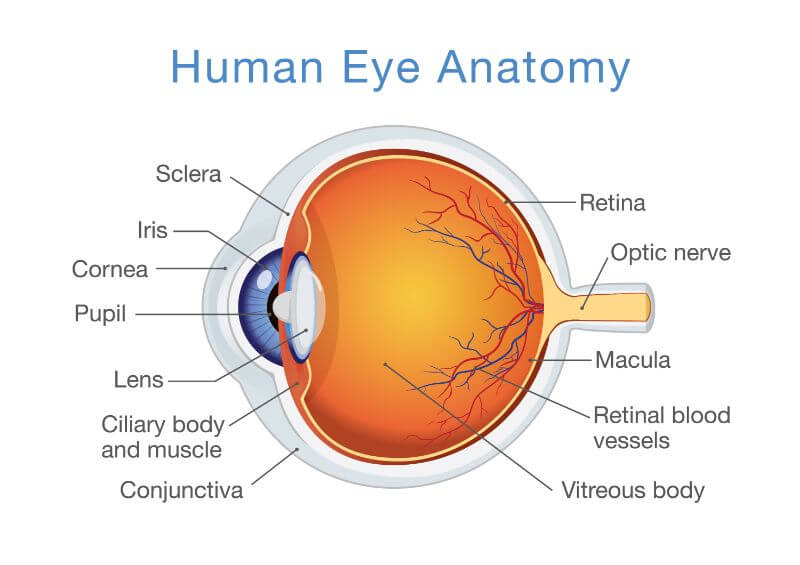
Nearsightedness, or myopia, causes distant objects to seem distorted or blurry due to a shape irregularity in the eye. This is a common refractive error, and its symptoms often include headaches and fatigue from squinting the eyes or looking away for long periods.
Regular eye exams and checkups with your eye doctor can help with the early detection of refractive errors, such as nearsightedness.
Proper detection can help prevent vision loss and other complications. Treatment usually includes refractive corrections, such as prescription eyeglasses and contact lenses or lens insertion surgery.
Symptoms of nearsightedness may include the following:
Nearsightedness or myopia is a common refractive error. In rare cases, more severe types of this condition may develop, including:
Your eye works similarly to a camera, where the cornea and lens focus on the light that objects reflect to form images.
The cornea is the dome-shaped surface in the front part of your eye, and the lens is inside the eye. This structure bends the light that passes through the pupil to focus the image.

In a healthy eye, the cornea and lens have a curved surface to refract light. With a nearsighted person, the oval-eye shape prevents light from passing through the eye.
This shape abnormality causes images to become blurry and unable to focus at long distances.
Refractive errors like farsightedness, nearsightedness, and astigmatism can be diagnosed by performing a comprehensive eye exam and multiple tests to determine the health state of your vision. This typically includes:
Multiple options are available for refractive corrections. This includes prescription eyeglasses, contact lenses, and lens insertion surgery.
The right approach to your case of nearsightedness will depend on your individual needs and lifestyle. Talking to your doctor and performing regular eye exams will ensure you choose the best refractive treatment for your condition. Options may include:
EyesNY offers treatment to help patients treat nearsightedness. Our specialized team of ophthalmologists is ready to assess your needs and give you the high-quality vision care you deserve.
We work with cutting-edge technology to identify the root cause of your condition and create personalized treatment plans. Our caring staff is ready to welcome you and meet your ocular health and vision needs.
Our comprehensive eye care services include routine and medical eye exams to perform prescription tests.
If you’d like a consultation or more information, call us or request an appointment online. You can also visit any of our clinic locations around New York, including Malta, Clifton Park, Troy, Saratoga Springs, and Queensbury.
Malta
658 Malta Ave., Ste 101
Malta, NY 12020
Phone: (518) 580-0553
Saratoga Springs
414 Maple Ave Ste 200
Saratoga Springs, NY 12866
Phone: (518) 580-0553
Clifton Park
1712 U.S. 9
Clifton Park, NY 12065
Phone: (518) 580-0553
Queensbury
535 Bay Road
Queensbury, NY 12804
Phone: (518) 580-0553
Troy
2200 Burdett Street Ste 206
Troy, NY 12180
Phone: (518) 580-0553
